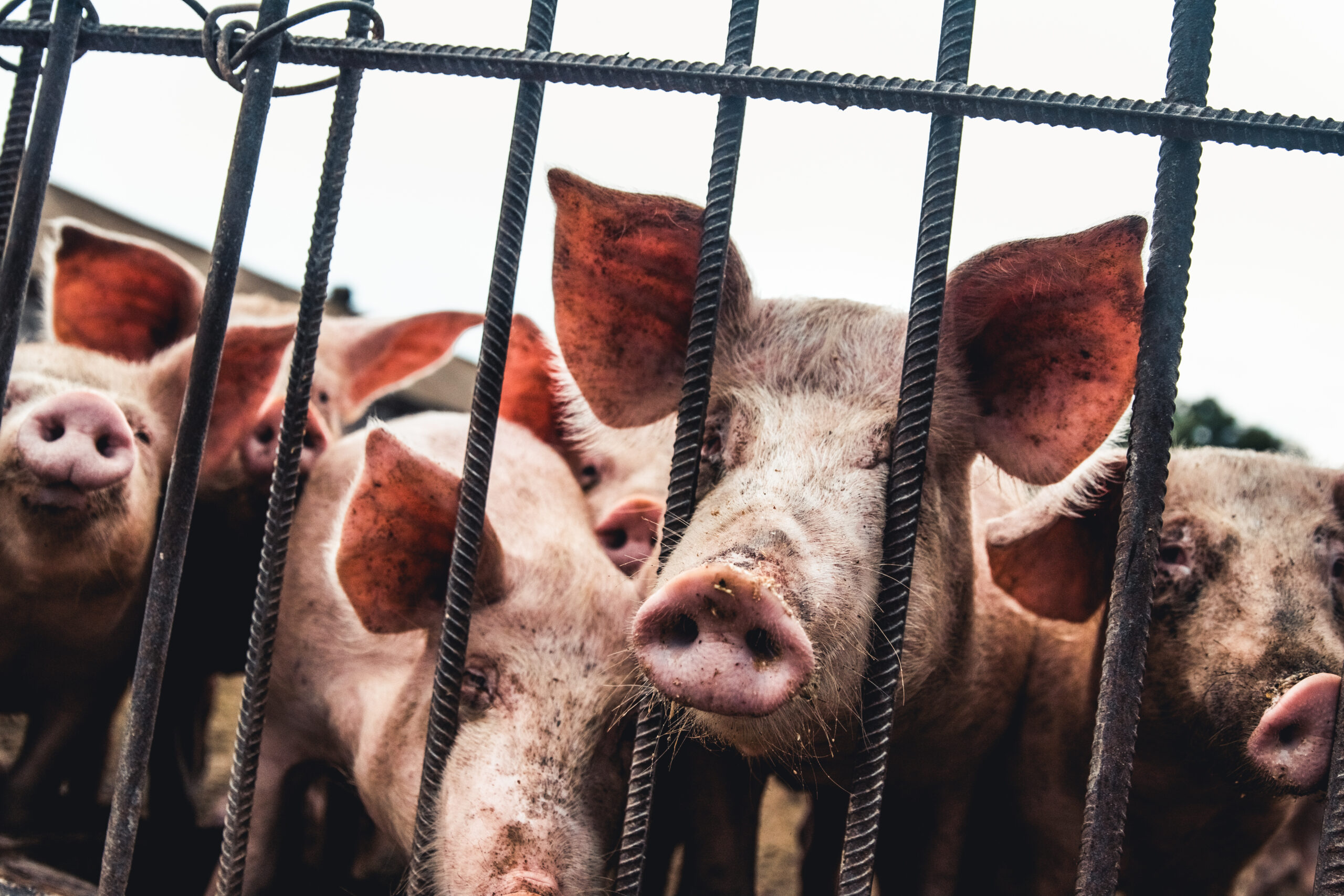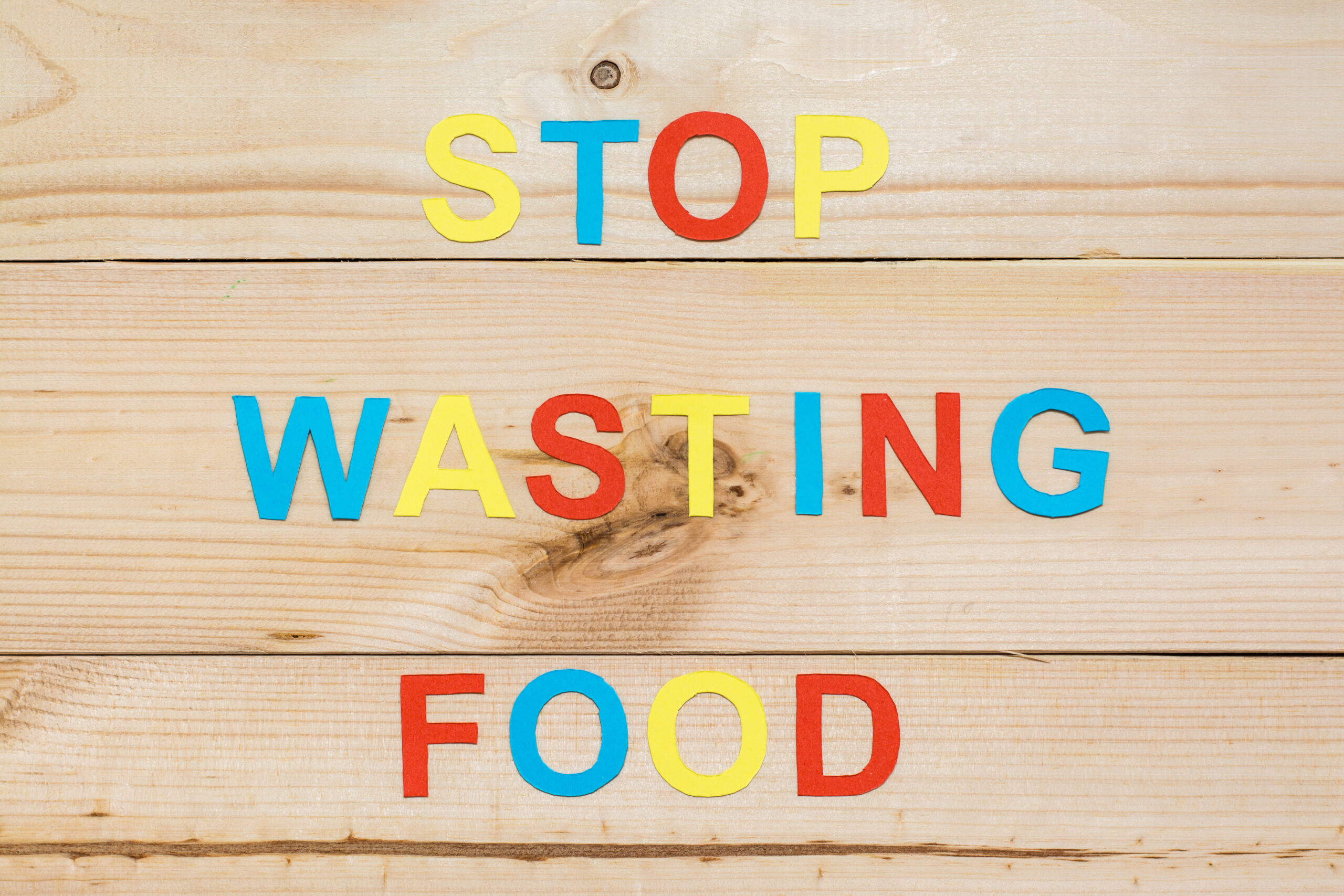The processing of fish feces can enable self-sustaining fish and vegetable farms (known as aquaponics) to generate biogas. This biogas can then be reintegrated into the farm’s energy system, contributing to its overall sustainability. Recent groundbreaking research conducted at the University of Gothenburg highlights the remarkable potential of utilizing fish feces for both energy production and plant nourishment.
Aquaponics, an increasingly popular form of combined fish and vegetable farming, harnesses the nutrient-rich water produced by fish (aquaculture) to fertilize plants (hydroponics) within a closed, soilless system. This innovative approach mimics the natural fertilization processes found in river and lake ecosystems.
Traditionally, the solid waste produced by fish has held little value; however, an ongoing research project recently discovered that transforming fish feces into biogas can help power aquaponic farms. A study by Victor Lobanov and co-authors, published last week in the journal Aquacultural Engineering, sheds light on this groundbreaking achievement.
Related: Could Seaweed Cultivation Help Solve Global Nutrition and Climate Challenges?
By subjecting fish feces to anaerobic digestion, the researchers were able to extract a concentrated gas mixture comprising 70 percent methane, which serves as a valuable fuel source. Lobanov, a doctoral student of marine biology at the University of Gothenburg, explained that aquaponics can become an energy source by effectively breaking down fish feces in an anaerobic environment, thereby generating biogas.
Moreover, the study revealed that the nutrients released during the digestion process are more readily accessible to plants than synthetic nutrition solutions. Lobanov emphasized the significance of fish feces, stating, “Fish waste contains a lot of nutrients. These should also be usable in aquaponics to enable even more sustainable food production than today.”
An additional advantage of utilizing biogas as a fuel source is the production of carbon dioxide. When the biogas is consumed, it releases carbon dioxide, which proves vital for plant cultivation within enclosed spaces such as greenhouses.
While the digestion process has thus far only been examined in laboratory settings, a pilot project at a commercial aquaponics facility is set to begin this summer. This pilot aims to provide valuable insights into the resilience of the method and identify necessary adjustments to establish a robust digestion pipeline. Lobanov envisions the development of modular digestion systems that can be seamlessly integrated into existing aquaculture and aquaponic facilities.
The industry has shown significant interest in this transformative technology, which could potentially extend to other animal husbandry applications, including piggeries. The nutrient-rich sludge resulting from the digestion process can be repurposed for traditional field fertilization, effectively reducing eutrophication potential.
Lobanov emphasized the broader implications of this innovation, stating, “In many countries, the quantity of fertilizer produced in livestock farming is a problem. It can only be spread on fields during certain times of the year and removing wastes from the farm is associated with extra costs during pumping and transportation. Digestion of the fish solids reduces the quantity of waste produced by farms while additionally producing energy and a great fertilizer for hydroponics.”
With the promising results from the University of Gothenburg’s research, the potential for harnessing fish feces as a valuable resource within aquaponics is clearer than ever. This pioneering development offers a sustainable and efficient pathway towards energy generation, plant nutrition and a more environmentally friendly future.












Join or login to leave a comment
JOIN LOGIN